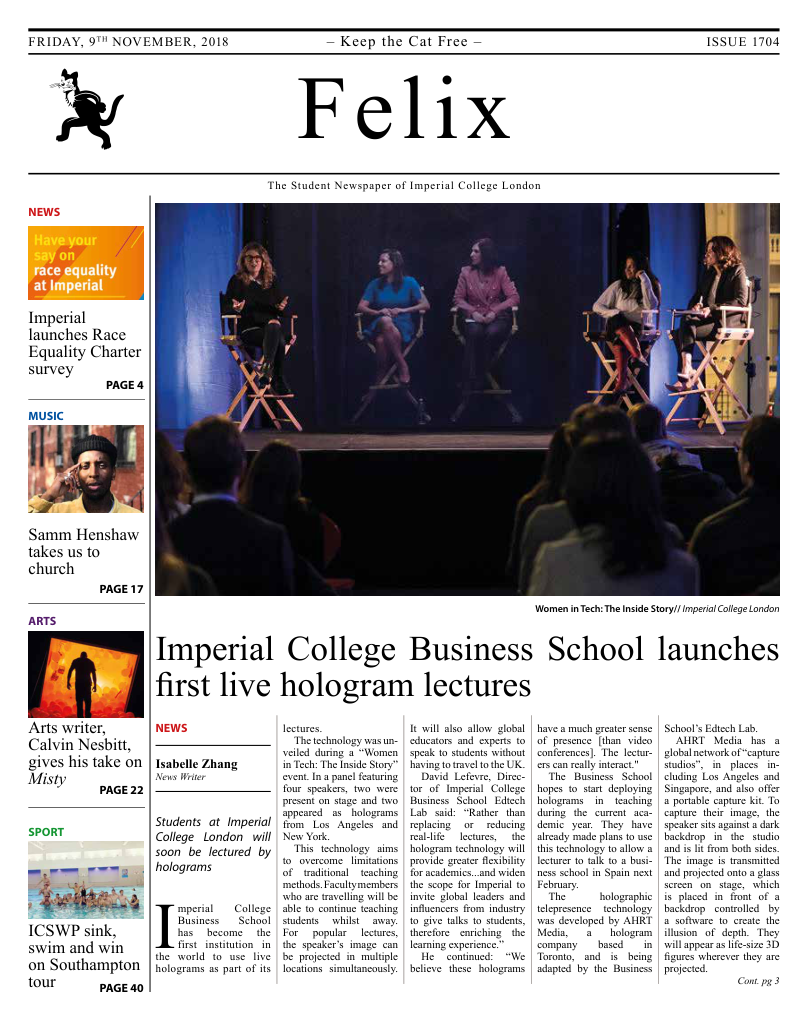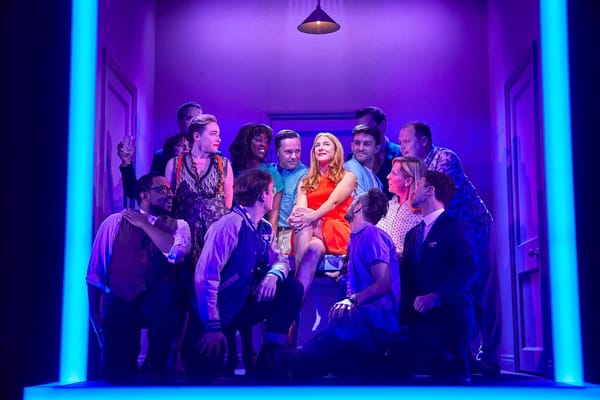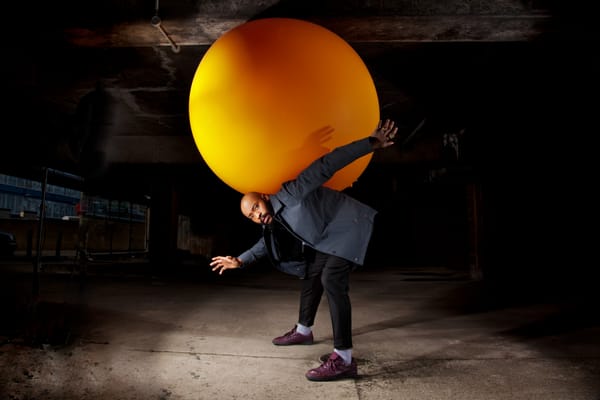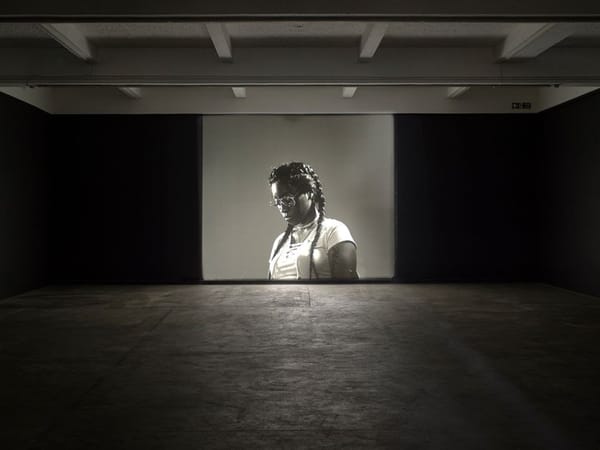Michael Jackson: On the Wall – the glorification of a glorified man
An exhibition that encompasses the effect Michael Jackson had on the world.

Stepping into the National Portrait Gallery felt like visiting a world-famous show: there were long queues of people for tickets, Michael Jackson’s vibrant music was playing with dancing audiences, and visitors spanned all races, ages, and genders. Even before entering the exhibition, there was a sense of Michael’s impact on the world – he passed almost ten years ago, yet still garnered crowds larger than most exhibitions I’ve seen on a Friday night. This is an impact most stars in history cannot match.
It cannot be missed that Michael was, colloquially speaking, a God and an icon, as seen by his fans, but also himself. Sculptures like the incredible P.Y.T. (standing for, and in reference to, Jackson’s track ‘Pretty Young Thing’) showcasing balloons tied to his loafers positioned in his ‘freeze’ move show it all. He became so synonymous with a dance move that his image does not need to be physically there, instead replaced with a beautiful mix of balloons, bringing a sense of being unreachable: successful and above it all. The mere fact that he had commissioned The King: Part I by Wiley, a portrait replacing a Neapolitan figurehead on a high horse with himself, speaks volumes about his self-image. However, the fans and contemporary artists are the ones who put him there. Portraits like Archangel Michael: And No Message Could Have Been Any Clearer by David LaChapelle mimic classical Christian paintings, where he stands over the defeated devil, palms together, with beautiful, radiant white wings. Whether the devil represented world politics and war, his struggles, or even just bad music, his ability to overcome them was idealised by the public.
Much of the artwork also reflected the love of his fans. From Dawn Mellor’s teenage drawings of Michael in 1984, to her portrait of him in Thriller in 2007, for example; they show the lasting commitment the fans have to him and his music. Off the Wall, and Thriller by Susan Smith-Pinelo featured every single lyric from each album respectively, written in a formulaic and precise manner, indicating a sense of how much a fan can know, and the level of attention to detail they may pay to the work. King: Part II by Wiley is a video consisting of hardcore fans who volunteered to sing and dance to Michael Jackson songs, recorded and shown in galleries worldwide. Most sang with passion (some with nerves!), while wearing their Michael Jackson merchandise, really showcasing the depth that this love may reach.
Michael Jackson tackled race with both his presence in the media and his actions. Susan Smith-Pinelo rightly points out that the Jackson Five were the “first wholesome black family to enter homes all over the US”, where most black icons had had rougher backgrounds. She created a looped film, Something, of a black woman’s breasts bouncing, with the words “ghetto” written on a gold necklace on her chest, playing Jackson’s ‘Workin’ day and night’ in the background. Here she indicates the difficulties in overcoming stereotypes and the hyper-sexualisation of black women, using Michael to do so. Seeing Michael achieve so much let the black community finally see something of themselves in him, and as someone successful, as shown by Self-Portrait at Seven years old, a piece that depicts Michael Jackson, not the artist Glenn Ligon as one might expect. Further, Michael’s ‘Thriller’ tackled race in such an in-depth manner that is still being analysed to this day as in The Other Look, which consisted of newspaper cuttings of interpretations of the music video and how it tackles racism. ‘Thriller’ is one of the most widely known songs of all time, hence its reach really shed light on the issue of skin colour to many.
Michael Jackson even found himself wrapped in politics. From the very capitalist endeavour of his massive Dangerous tour to Romania, three years after the end to communism in that country and depicted in Last Days of Michael Jackson in Bucharest by Dan Mihaltianu, to the ‘Earth Song’ being played backwards in The Body Song, indicating that the message of the song – to end damage to the Earth and people – was in part reversed by him. Michael has been at the forefront of such matters and has been noted by such artists in their work.
Given all of his successes, this is why the People v. Jackson case was so shocking to artists and the public. Maggi Hambling’s Michael Jackson instead focused on how frozen he looked during the trail, juxtaposing it ironically with his iconic ‘freeze’ move. Looking by Sam Lipp presents Jackson with a black and white palate and an almost blurry portrait, showing him as a misty, ghost-like figure. Michael was at a low, and the artists rightfully took note. We can never know the full truth, but it is important at least to understand its effect on him.
From his incredible music, his dancing, his activism and political play; his skin colour, his role in fashion, art and film – Michael Jackson worked hard for his adoration. However, his court trial, his addictions and the circumstance of his death provide a grey area to this massive historic figure. Michael Jackson left behind a very complicated legacy that is hard to unpick, making him a fascinating enigma to this day. One thing is for certain: this exhibition gave us space to explore it all again and was fully worth the visit.
-5 stars









